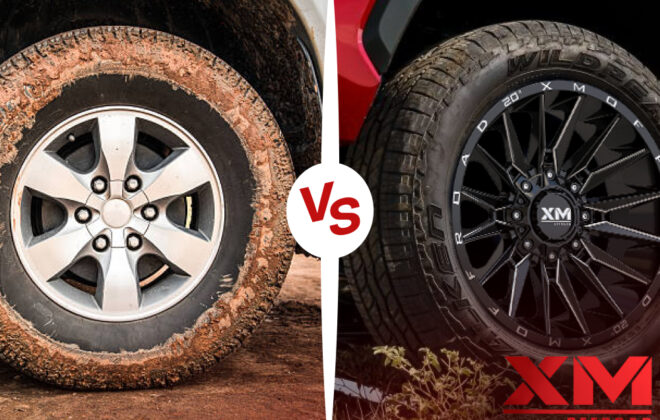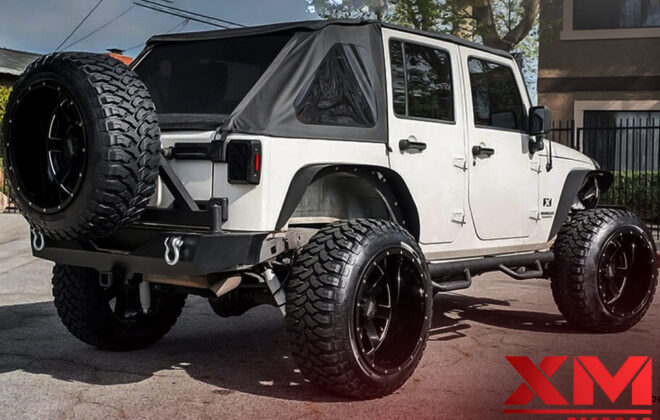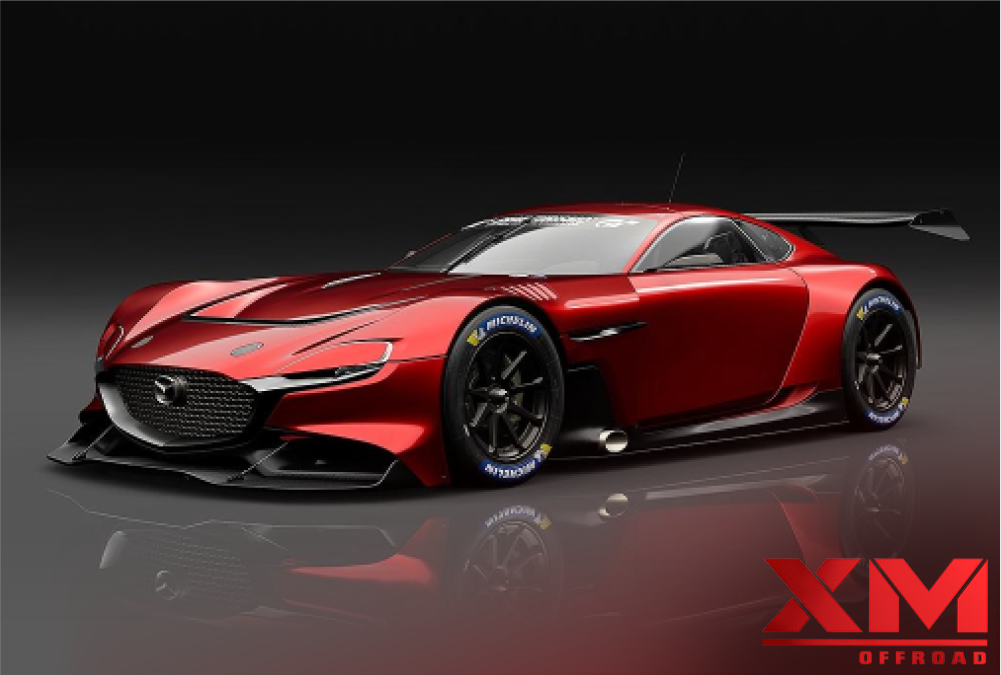
Rotary Hybrid Sports Car: Mazda Files a New Patent. Is It True?
Mazda is a well-known Japanese automaker that has long been known for its legendary rotary engines. Despite having a devoted following, the brand’s rotary engines have encountered emissions and fuel efficiency issues. However, recent reports that Mazda has filed a patent for another rotary hybrid sports car design have stirred excitement and rumors among aficionados of motor vehicles. In this piece, we’ll examine the specifics of Mazda’s most recent patent, consider the viability of a rotary hybrid sports vehicle, and assess whether this innovation represents a significant step forward for Mazda’s rotary aspirations.
A Brief History of Mazda’s Rotary Engines
The rotary engine, also known as the Wankel engine, was first introduced by Felix Wankel in the 1950s. Its unconventional design, which uses rotors instead of pistons, offers a high power-to-weight ratio and smooth operation. The Mazda Cosmo Sport 110S became the first production vehicle in the world to be powered by a rotary engine in 1967. Mazda has created several rotary-powered vehicles over the years, including the well-known RX-7 and RX-8. The rotary engine has a devoted following thanks to its distinctive design, which is characterized by its small size, high power output, and smooth-revving abilities.
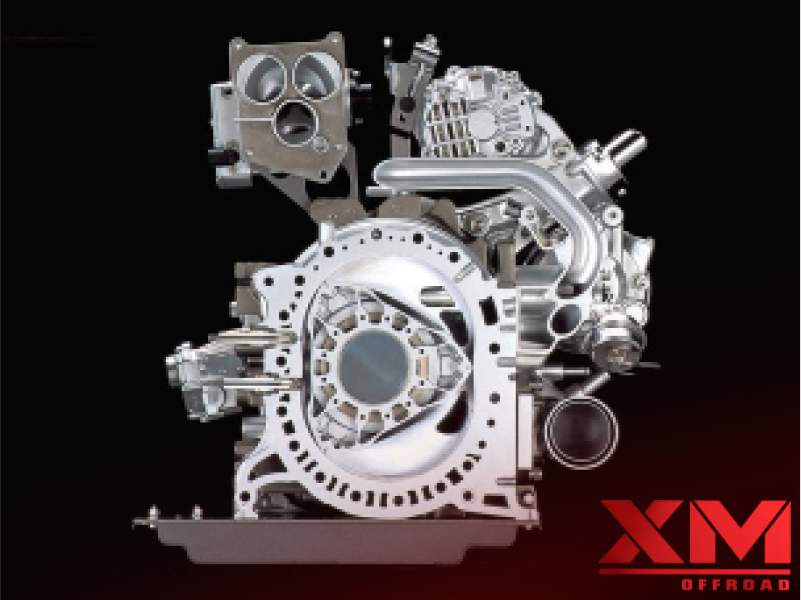
However, despite their performance advantages, rotary engines face emissions, fuel efficiency, and reliability challenges. These problems and stricter environmental restrictions prompted Mazda to stop making its rotary-powered cars in 2012. Despite this setback, Mazda continued to invest in research and development because they were dedicated to improving rotary technology.
The Decline of the Rotary Engine
Over the years, stricter emission regulations and the increasing demand for fuel efficiency posed significant hurdles for rotary engines. Mazda’s last rotary-powered sports car, the RX-8, ceased production in 2012, primarily due to its inability to meet stringent emissions standards. The absence of a successor led to speculation about the future of the rotary engine within Mazda’s lineup.
Mazda’s Commitment to Rotary Technology
Despite the challenges, Mazda remained committed to the rotary engine and continued research and development efforts. The company even introduced the Mazda RX-Vision concept car in 2015, which showcased a potential design direction for a future rotary-powered sports car. The RX-Vision received widespread acclaim, demonstrating Mazda’s determination to preserve the rotary engine’s legacy.
Mazda’s Latest Patent: A Hybrid Rotary Sports Car
Mazda’s concept for a hybrid rotary sports car was recently unveiled in a patent application. The invention describes a novel powertrain configuration that combines an electric motor and a rotary engine. This hybrid architecture offers increased fuel efficiency and fewer emissions while retaining the distinctive performance traits that have made rotary engines so well-liked to overcome the drawbacks of the conventional rotary engine.
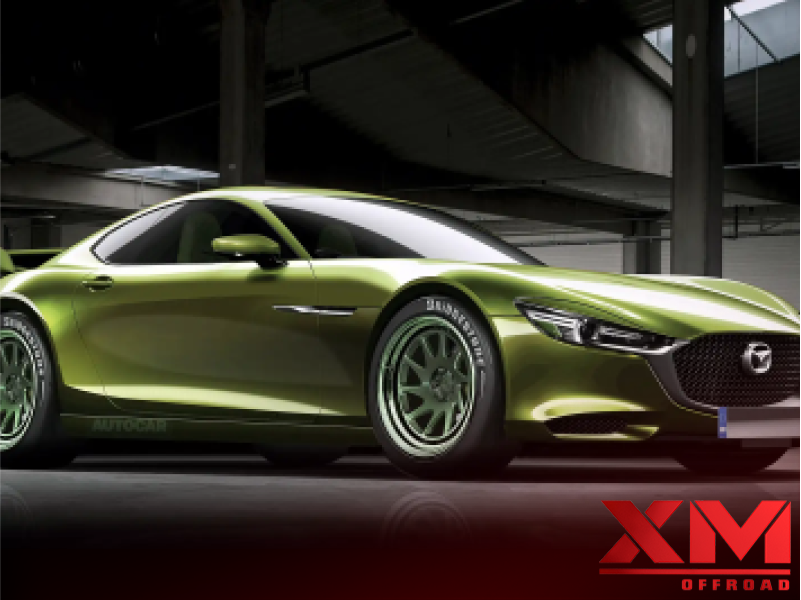
By allowing the electric motor to offer torque assistance during acceleration, the hybrid system would lessen the burden on the rotary engine and improve overall efficiency. Regenerative braking would also capture energy while the vehicle decelerated, aiding in battery recharging. This patent demonstrates Mazda’s continuous dedication to rotary technology, and it will develop a long-term solution for sports car enthusiasts in the future.
Potential Benefits of a Rotary Hybrid Sports Car
The integration of a hybrid powertrain with a rotary engine offers various advantages. Firstly, the electric component can assist the rotary engine during low-demand situations, improving fuel efficiency and reducing emissions. Secondly, the instant torque provided by the electric motor complements the high-revving nature of the rotary engine, resulting in enhanced performance. Third, the high-revving features of rotary engines combined with electric power could result in a thrilling driving experience. The rotary engine’s power delivery would be complemented by the electric motor’s immediate torque, resulting in swift acceleration and responsive handling. This combination could offer a unique driving experience, maintaining the rotary engine’s character while meeting modern requirements.
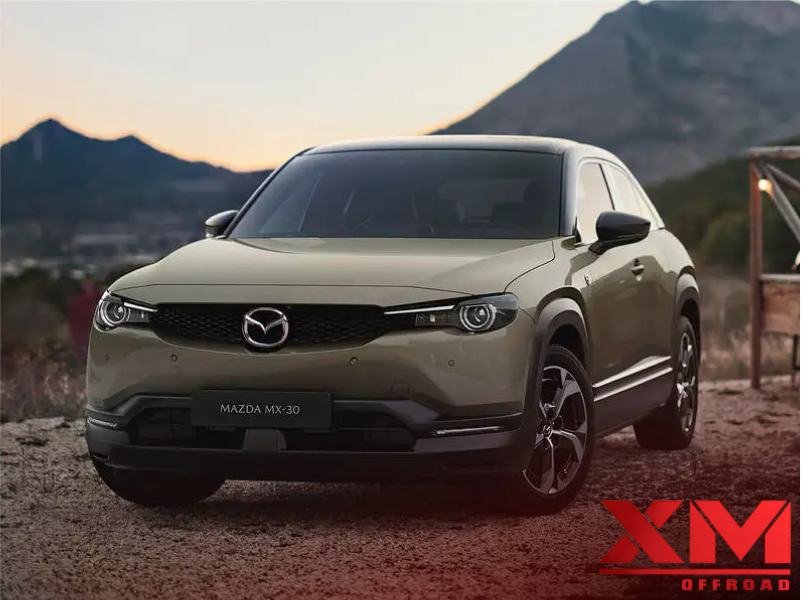
Challenges and Considerations
While the idea of a 28 inch rims rotary hybrid sports car holds promise, there are challenges that Mazda must overcome. One significant concern is the weight and size of the hybrid powertrain, as the additional components could affect the vehicle’s overall balance and handling characteristics. Mazda must carefully engineer the hybrid system to ensure it complements the rotary engine without compromising its inherent advantages.
Impact on the Automotive Industry
If Mazda successfully brings a rotary hybrid sports car to market, it could have a notable impact on the automotive industry. Reintroducing a rotary-powered sports car would generate excitement among enthusiasts and spark renewed interest in the technology. Furthermore, Mazda’s innovations in rotary hybrid powertrains could inspire other manufacturers to explore similar concepts, leading to further advancements in the field.
Mazda must overcome some obstacles to make the rotary hybrid sports car a reality. Optimizing the trade-off between power and efficiency is one challenge. Although rotary engines are well renowned for their excellent power output, they use less gasoline than traditional piston engines. Mazda must strike a careful balance to ensure that the hybrid powertrain maximizes performance while lowering fuel consumption and pollutants.
Managing the weight distribution presents another difficulty. The vehicle’s weight distribution and handling qualities could be impacted by integrating a hybrid engine, which includes a battery pack and electric motor. If Mazda wanted to keep the sporty dynamics associated with its sports vehicles, it would need to engineer the chassis and suspension carefully.
Weight of a Hybrid System
Many people worry too much about the weight of a hybrid system, and Mazda addresses their concerns, as people can expect from the MX-5 manufacturer. The first thing you should understand is whether these wheel hub motors need to be heavy or not. Commercially available PMSM motors that produce 17kW can weigh less than six pounds.
Voltage System
Along with the weight of the battery, Mazda is implementing a unique variable voltage system. This voltage system uses four 48-volt modules fitted behind the driver’s seat. These systems act as a 48-volt battery at cruise and provide optimal power by providing adequate current to the wheels. The system uses MOSFET electrical switches to immediately reset two pairs of battery cells to run in series at 96 volts when peak power is required. As a result, peak power can be generated with less current while also requiring fewer high-voltage connections and power electronics systems. According to the company, this battery reduces weight.
Despite the system’s seeming complexity, avoiding high voltages is more cost-effective and likely lighter regarding power electronics. Because of this, assembly and maintenance are safe. The patent recognizes that, in general, anything below 60 volts does not have much electrical potential to travel through a person. As a result, the hybrid system will be safer and simpler to maintain.
Conclusion
Patent matters We all know the next Miata is heading to a hybrid. We know the Mazda RX Vision wants to make something good. It’s still making rotary engines, but we’ll only use them in sterile range extenders designed like series hybrids. We hope something more significant is coming soon, with only rotary power.
Read Also: 2023 Toyota Prius Prime First Test Reviews: Sharp Looks, Better Performance, and More Comfortable
FAQs
Will Mazda Ever Make Another Rotary Sports Car?
Over a decade after the RX-8 was canceled, Mazda announced an all-new rotary powerplant going into production. It’s just not in an RX-8 successor, an RX-7 successor, or a sports car.
When Did Mazda Stop Using the Rotary?
Manufacturers always continued producing rotary engines, even after RX-8 production ended in 2012. We know several customers worldwide who enjoy their rotary-powered Mazdas.
Does Mazda Make a Rotary-Engine Car?
Only a few people know this, but they’re still producing the Mazda rotary engine. Despite the fact that the Mazda RX-8 was the final vehicle to employ a 13B rotary engine and that RX-8 production ended in 2012, we continue to make replacement components and engines that use these parts.


